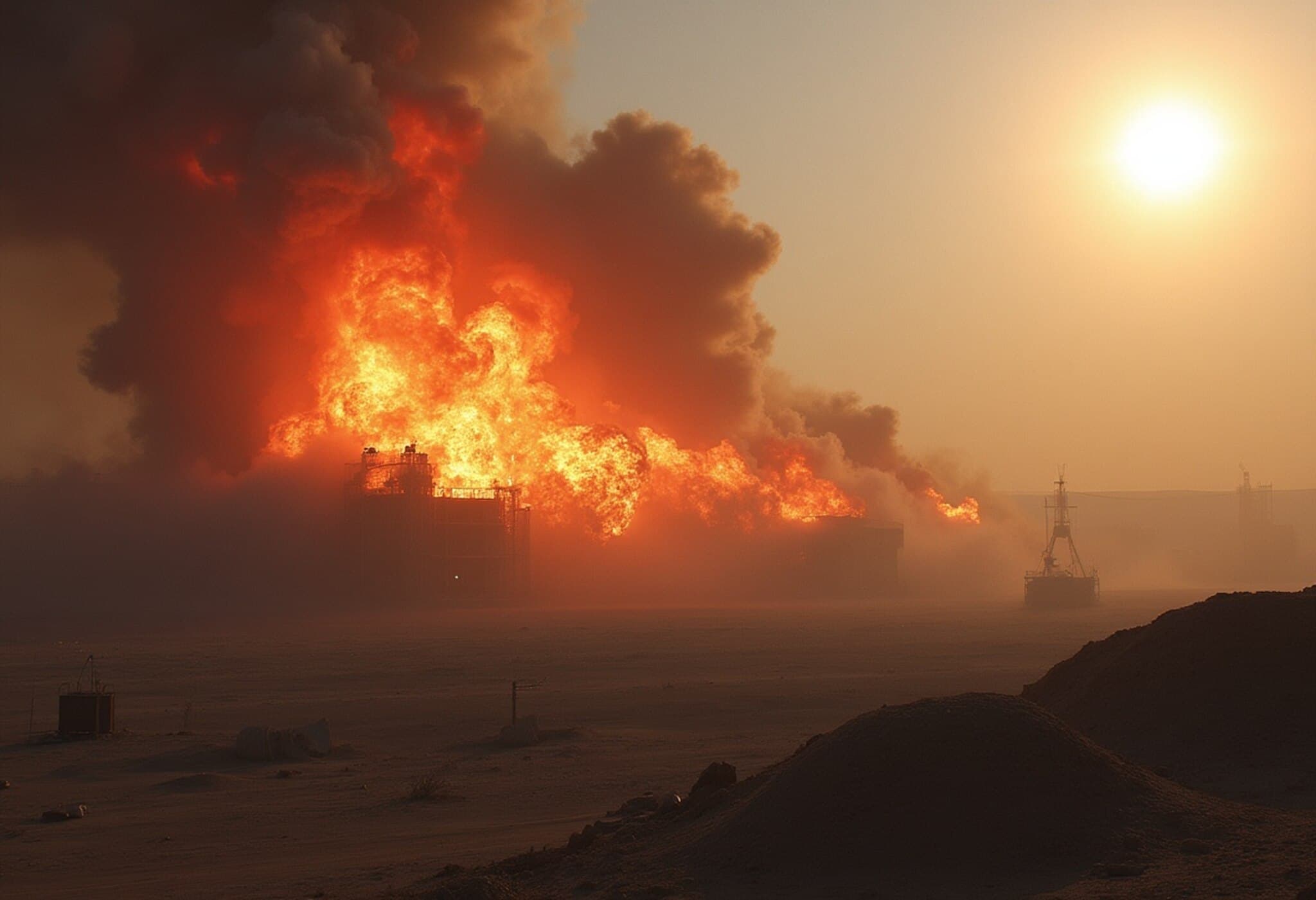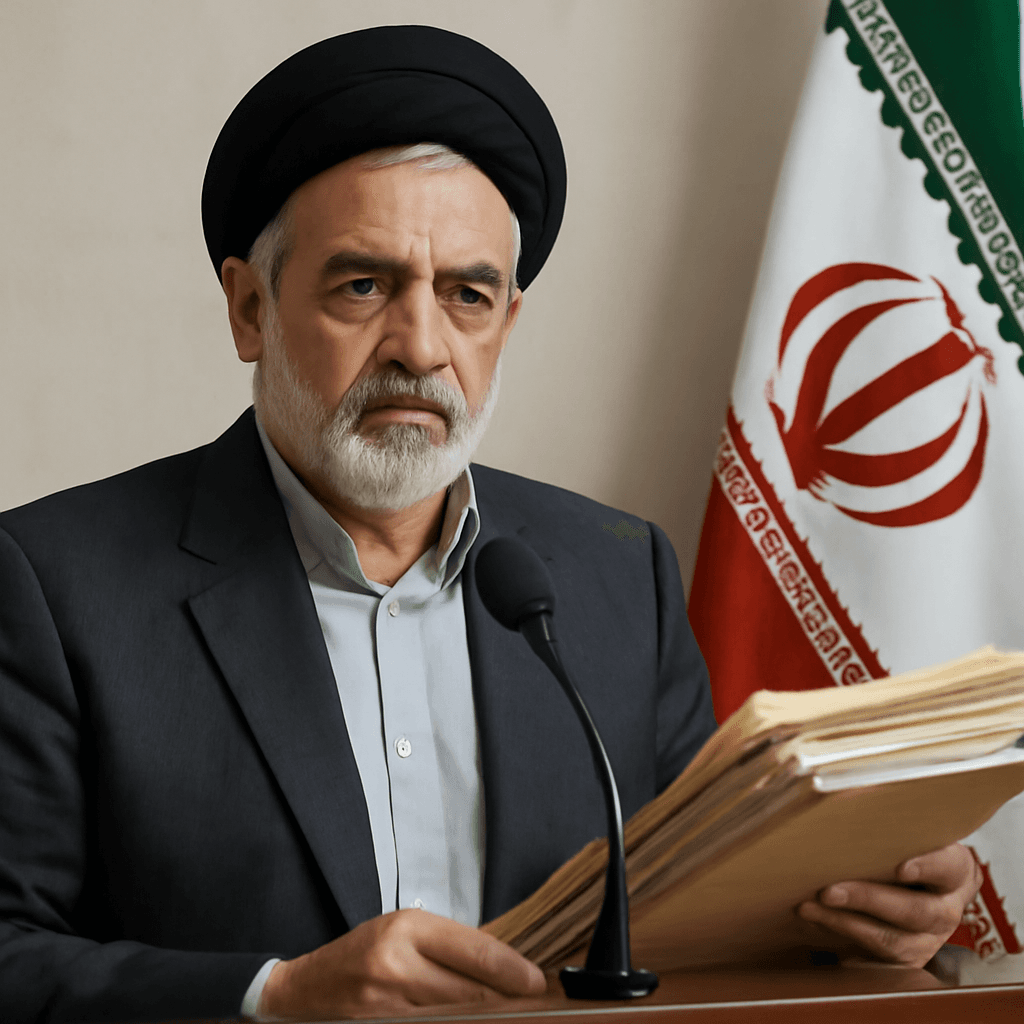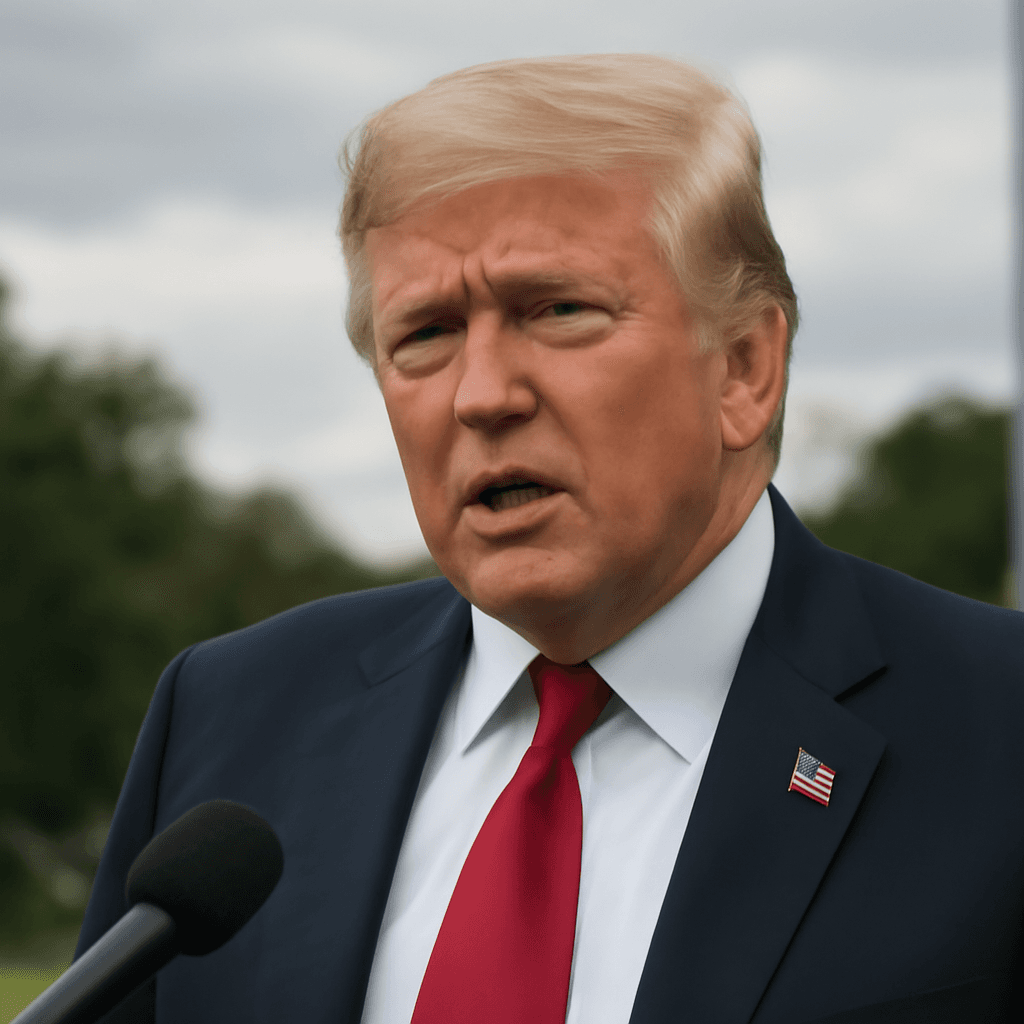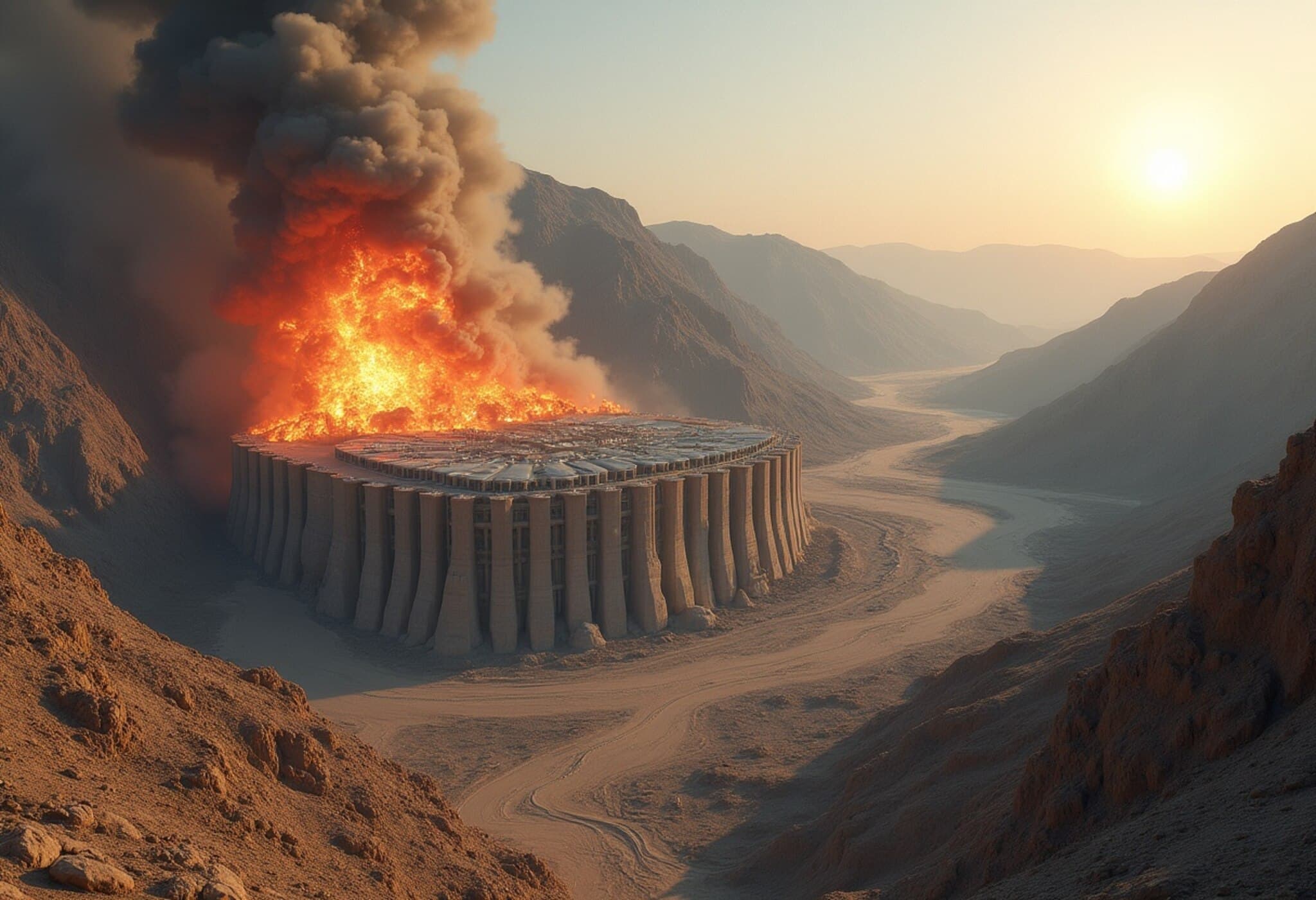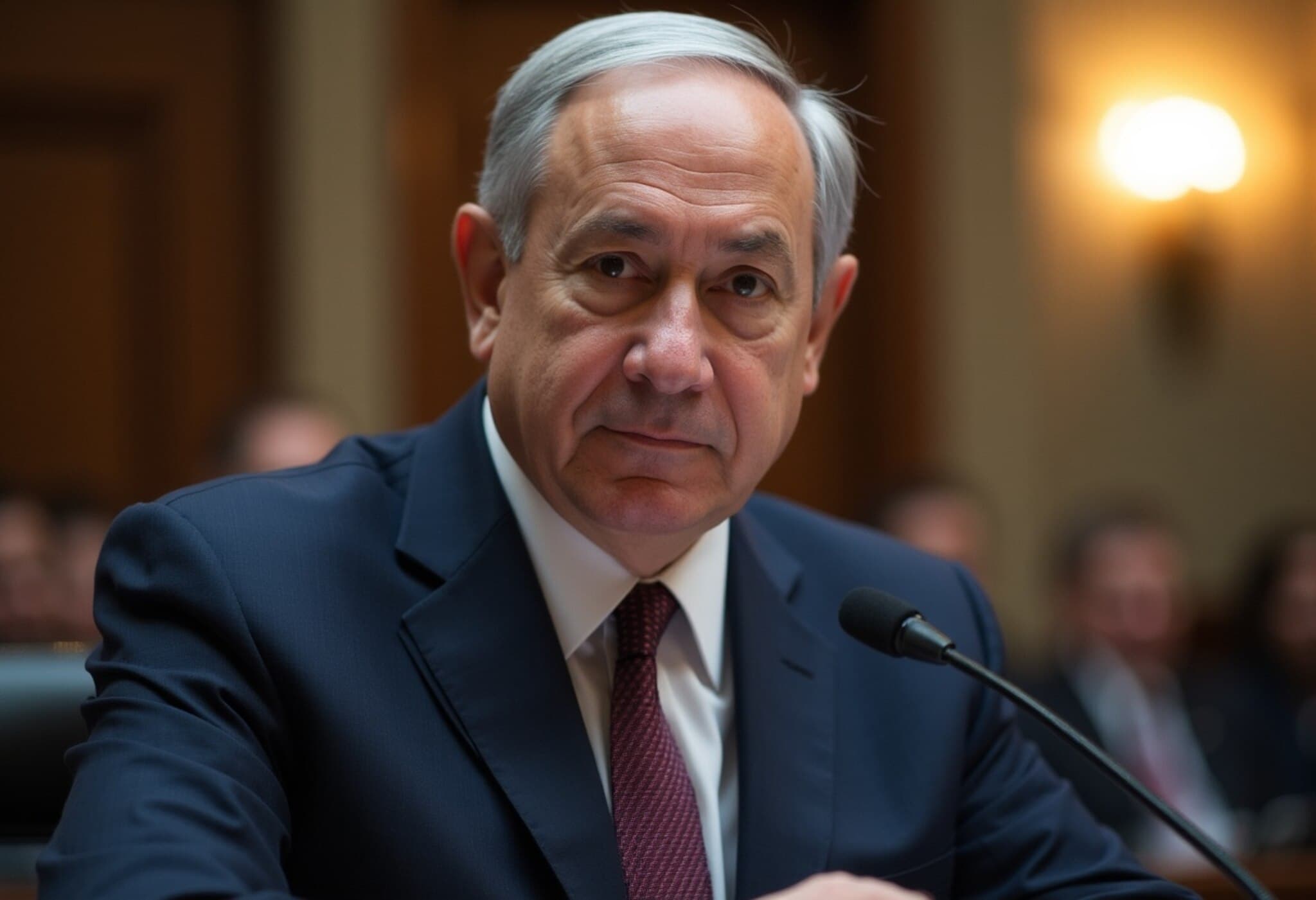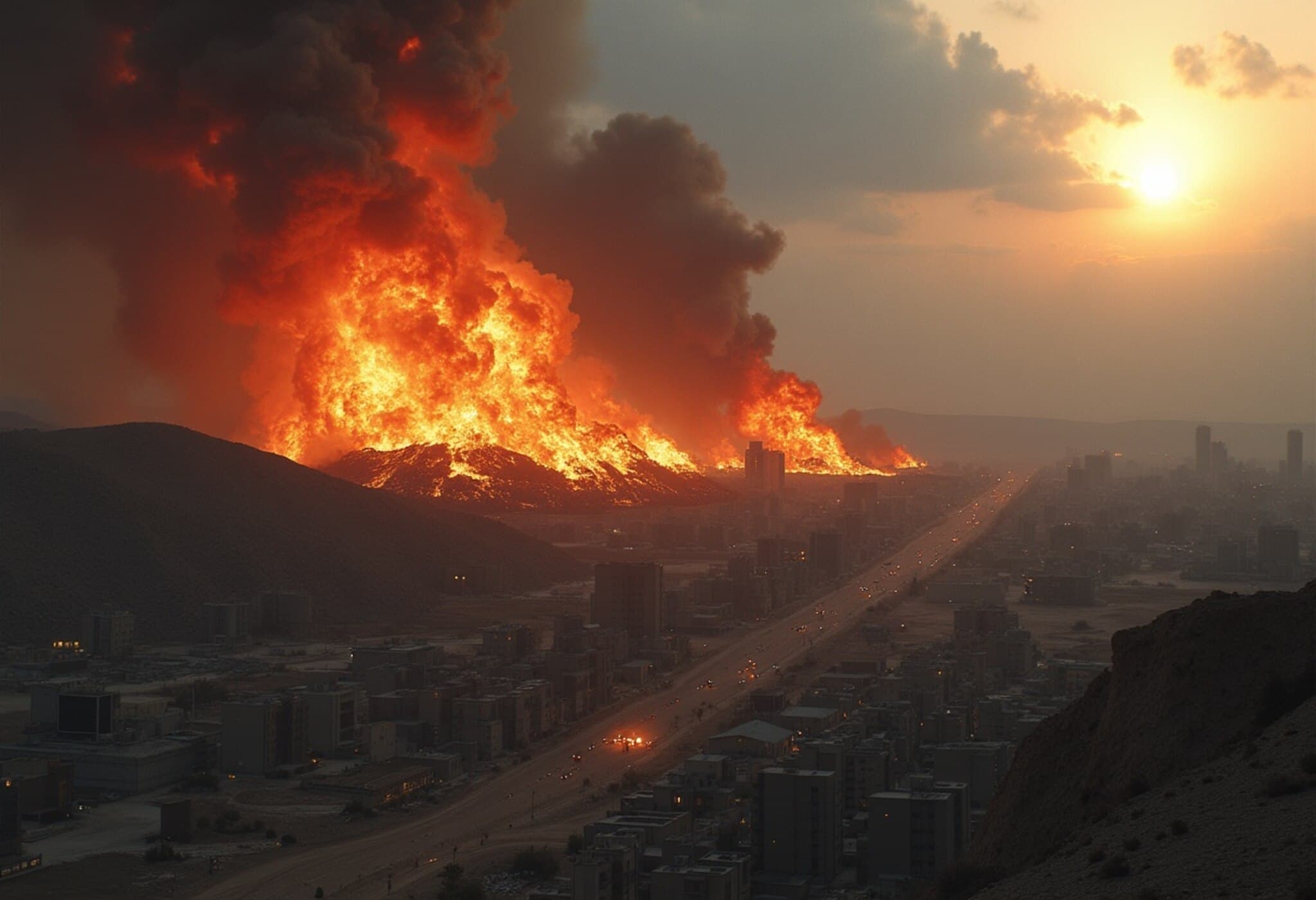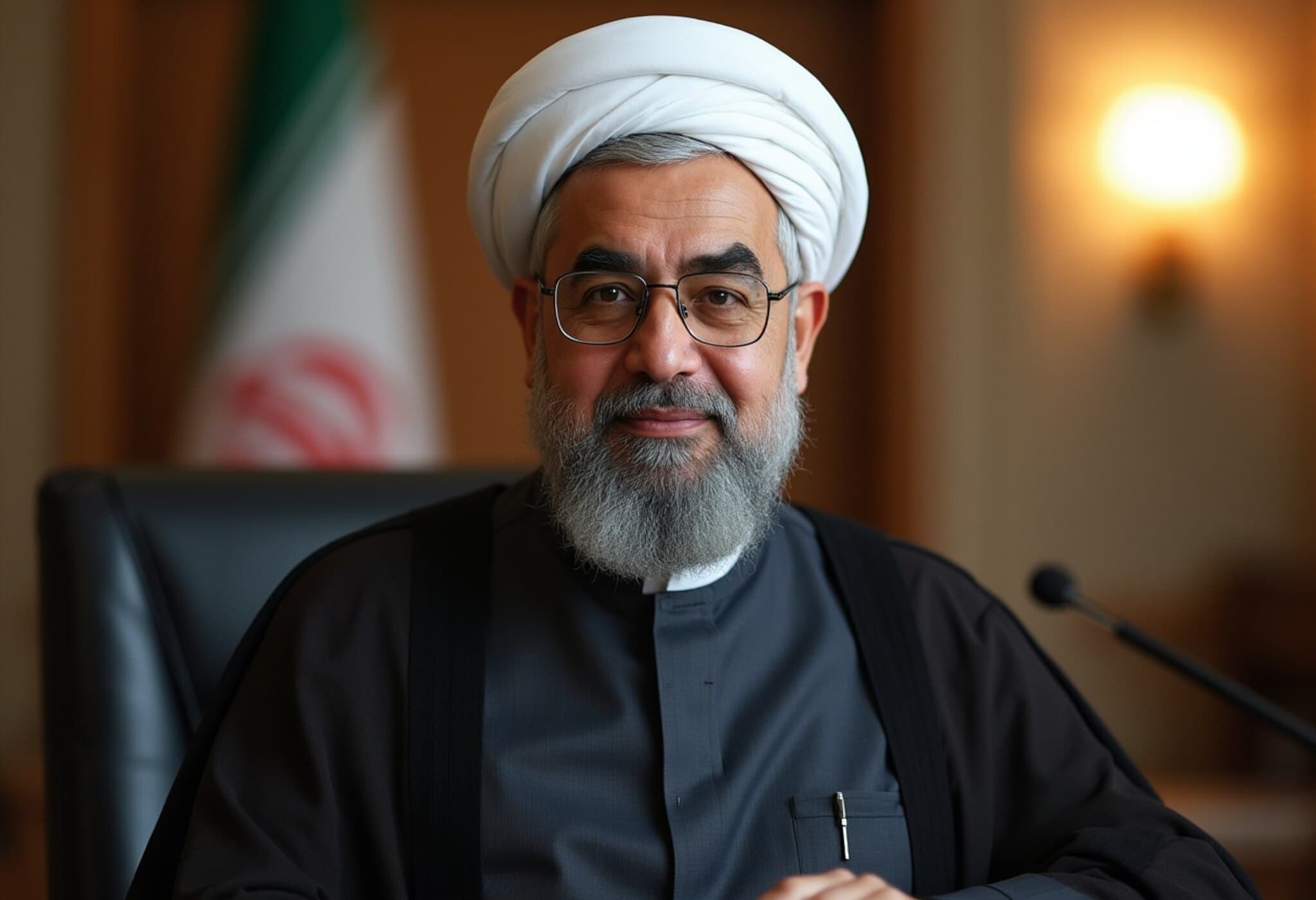U.S. Intelligence Reveals Mixed Impact of Recent Strikes on Iranian Nuclear Facilities
In a recent assessment, U.S. officials have concluded that American airstrikes last month inflicted severe damage on one of Iran's nuclear enrichment sites, setting back operations there by an estimated two years. However, the destruction at two other key sites was less drastic, with nuclear enrichment activities potentially resuming within months if Iran chooses to rebuild. These findings provide a more nuanced picture than initial public claims, raising critical questions about the future of U.S.-Iran relations and regional security in the Middle East.
Deep Dive into the Strikes: What Was Hit and What Remains
The U.S. targeted three main enrichment facilities: Fordo, Natanz, and Isfahan. Fordo, located deep underground near Qom, absorbed the brunt of the operation, with the most advanced U.S. bunker-buster munitions deployed to degrade its capabilities dramatically. The site is believed to be set back approximately two years, according to intelligence analyzed by U.S. agencies.
In contrast, Natanz and Isfahan were less severely impacted. Natanz houses critical metal conversion facilities essential for uranium enrichment, while Isfahan contains both above-ground and underground infrastructure. The bomb types used against these sites varied, as the deepest bunker-buster munitions couldn’t penetrate all facilities, especially new underground tunnels reportedly being constructed by Iran to shield their program from future attacks.
Strategic Calculations Behind the Limited Strike Approach
U.S. Central Command had devised a far more aggressive “all-in” plan involving strikes on six Iranian targets over several weeks, designed to obliterate Iran’s nuclear capabilities but risking significant casualties and prolonged conflict. This extensive plan was ultimately not approved by President Trump, who favored limiting U.S. military engagement, consistent with his broader foreign policy approach seeking to reduce America's overseas conflicts.
"We were willing to go all the way with our options, but the president chose a more restrained path," said one official familiar with the deliberations.
Implications for U.S. and Israeli Policy
This mixed outcome leaves policymakers grappling with the question: How to respond if Iran begins to rebuild its nuclear program? Both American and Israeli leadership have reportedly discussed the possibility of additional targeted strikes on the less damaged sites if Iran resumes enrichment activities or refuses to return to nuclear negotiations.
Israel’s government, closely monitoring the situation, believes that though some enriched uranium remains buried and unreachable at Isfahan, Iran’s nuclear advancement has been delayed by up to two years. However, Israel remains vigilant and prepared to act if intelligence indicates renewed nuclear development.
Changing the Strategic Equation
Despite not destroying all sites entirely, the strikes have altered Iran’s strategic calculus. The regime is now confronted with credible threats of further airstrikes targeting both nuclear and missile facilities, against the backdrop of diminished air defenses. Intelligence shows Iran’s air defense systems have largely been neutralized, limiting their ability to counter future U.S. or Israeli operations.
President Trump confirmed willingness to authorize new strikes if Iran’s nuclear activities reach a concerning level, signaling sustained pressure on Tehran.
Historical Context and the Road Ahead
The strikes occur against a complex backdrop. In 2018, President Trump withdrew from the 2015 Joint Comprehensive Plan of Action (JCPOA), citing concerns over Iran’s nuclear ambitions and regional behavior. Following U.S. withdrawal and reinstated sanctions, Iran accelerated uranium enrichment beyond JCPOA limits, edging closer to weapons-grade material.
Efforts at renewed negotiations have stalled, and Israel's preemptive airstrikes reflect frustration and fears that Iran’s nuclear advancements could soon become irreversible. Iran insists its nuclear program serves peaceful purposes, a claim met with skepticism by Western intelligence.
Expert Insight: Balancing Military Action and Diplomacy
From a policy analyst's perspective, the mixed results of the strikes underscore the limitations of military solutions in addressing nuclear proliferation. While targeted operations can buy time and disrupt progress, they risk escalating conflict or hardening Iran’s resistance to diplomacy.
Successful containment requires a multi-pronged approach combining robust intelligence, diplomatic engagement with regional partners, sustained economic pressure, and clear red lines. The U.S. and its allies face the delicate task of deterring nuclear progress without entrenching hostility or sparking an extended conflict with unpredictable consequences across the Middle East.
Summary: Navigating Complex Realities
- One of three Iranian nuclear sites hit by U.S. strikes suffered significant damage, delaying enrichment by up to two years.
- Two other sites remain potentially operational within months, depending on Iran's intentions.
- The U.S. debated a far-reaching strike plan but favored a limited approach reflecting broader foreign policy goals.
- Ongoing intelligence collection will refine assessments, influencing future U.S. and Israeli actions.
- Military action reshapes but doesn’t resolve the nuclear challenge, necessitating combined diplomatic and strategic efforts.
Editor’s Note
This evolving situation highlights the delicate balance between force and diplomacy in countering nuclear proliferation. As Iran reconstructs and recalibrates, U.S. policymakers must confront critical questions: How far should military action go without escalating conflict? Can diplomacy be revived to achieve lasting constraints on Iran’s nuclear ambitions? And what roles will regional partners like Israel play in shaping these outcomes? Understanding and navigating these complexities will be vital for peace and stability in an already volatile region.

